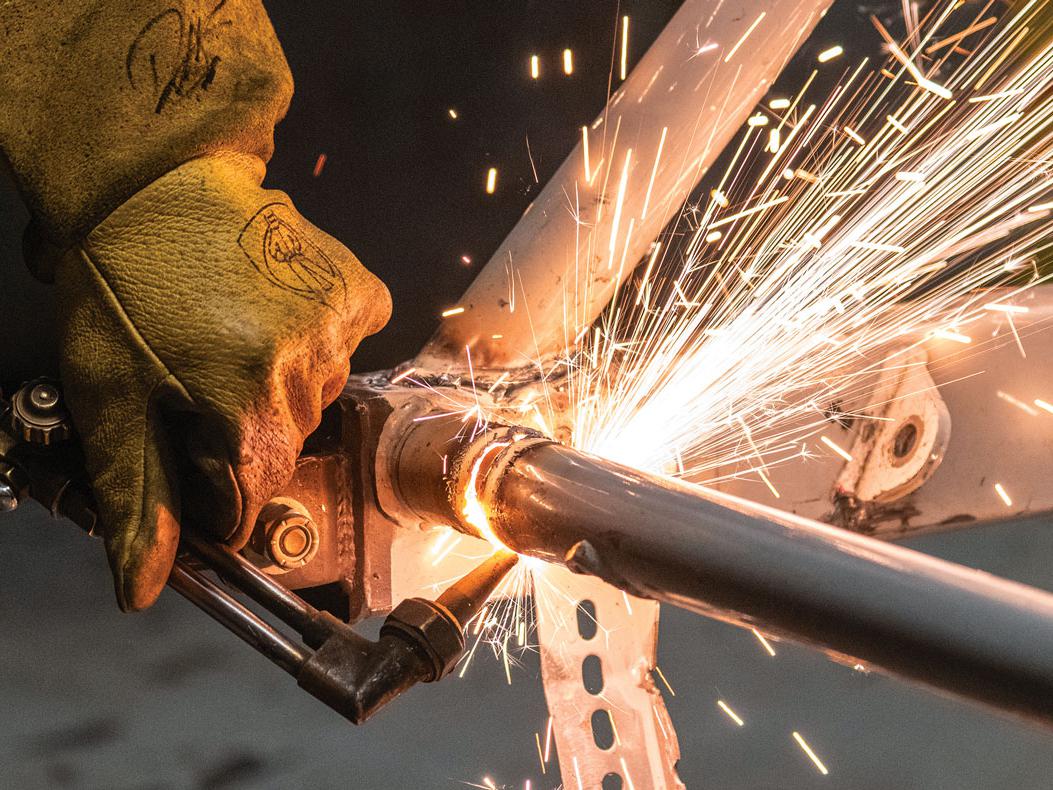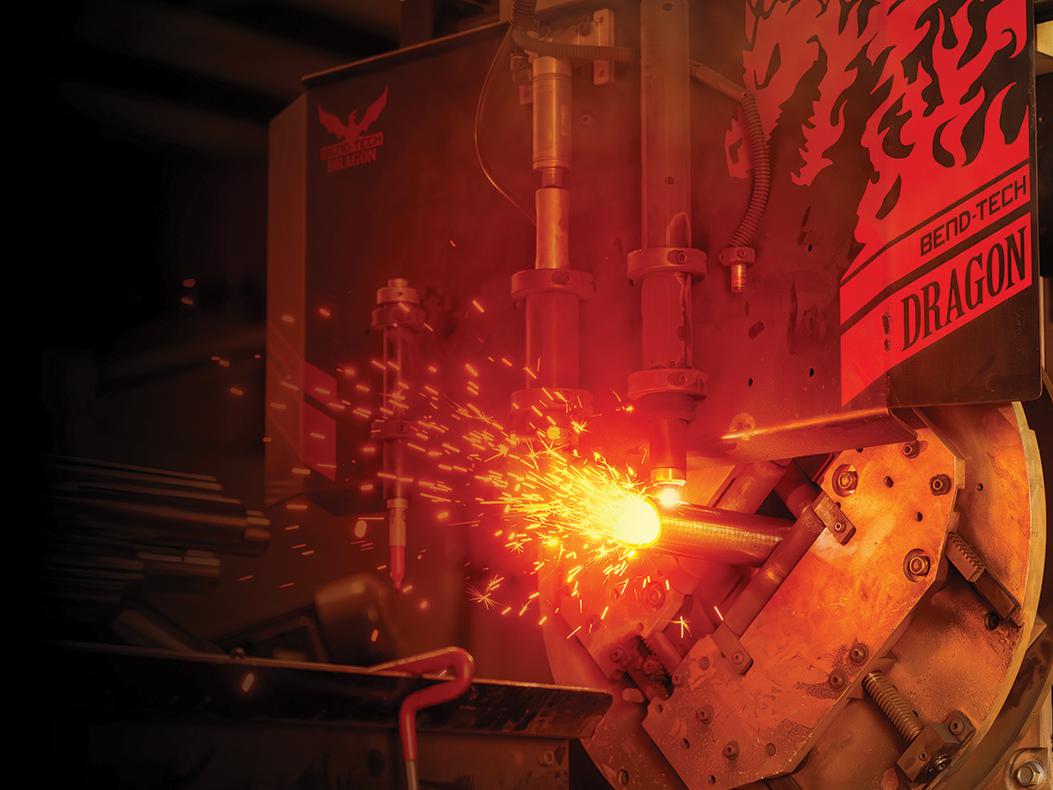Changing Landscape
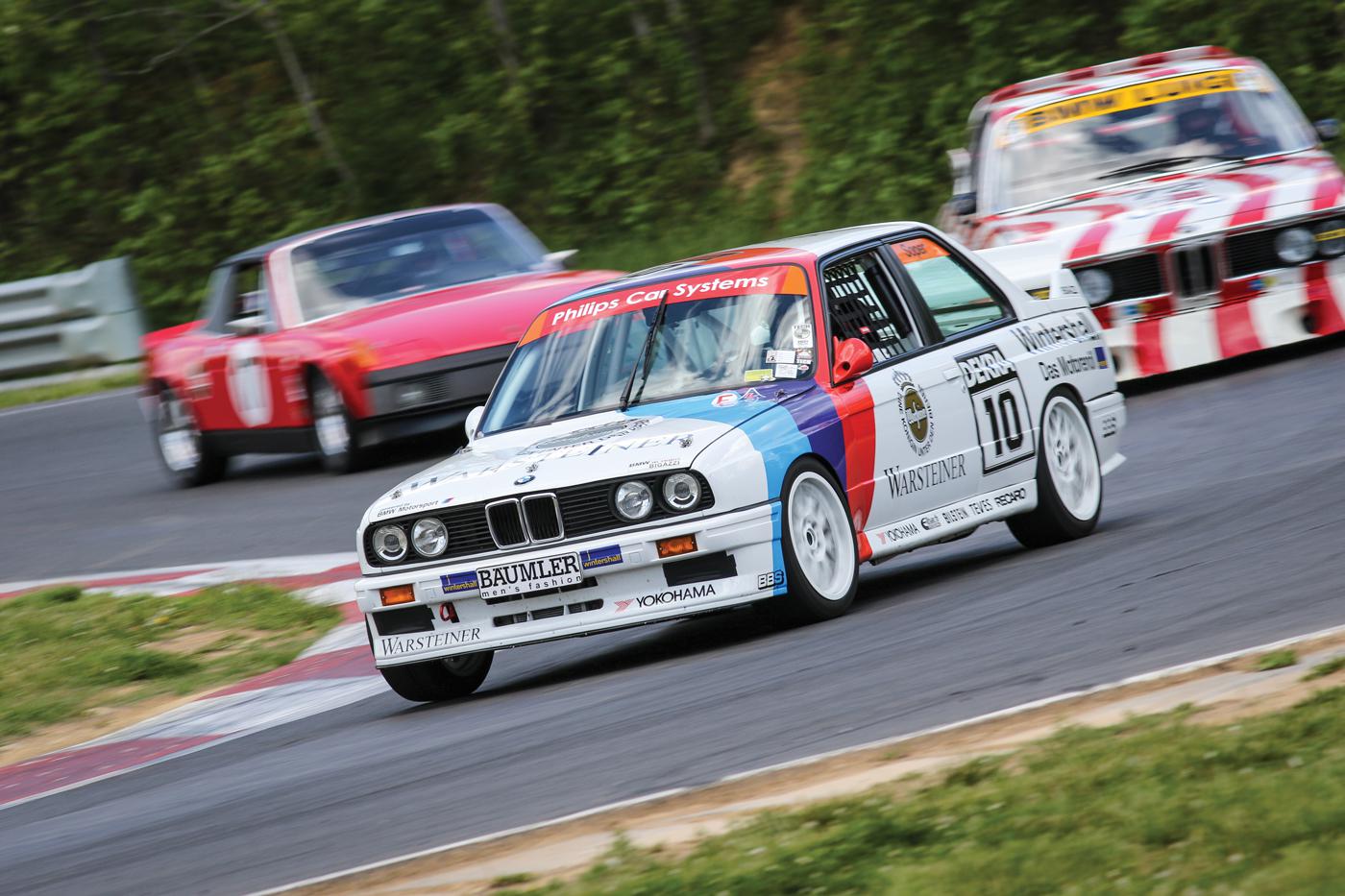
As older drivers hang up their helmets and more modern vehicle platforms begin qualifying for the category, vintage race organizers are developing strategies to maintain the spirit of the sport while also attracting a new generation of competitors.
Defining vintage within the context of motorsports has always been a highly subjective endeavor. Some picture the pre-war single-seater beasts that ran at Indianapolis when it was still paved with bricks, while others point to the heyday of production-based Trans Am racing in the late 1960s. There are also those who take a more pragmatic view, considering vintage to be essentially any platform that has aged out of the series for which it was originally intended.
All of these definitions are correct, and here in the United States, each is represented in some form under the banner of vintage racing today. But regardless of one’s viewpoint, time continues to march forward, and a number of different factors in today’s world are changing the landscape of vintage racing.
“These days you can’t pick up a race-prepped Datsun 510 for less than $50,000,” noted Jeanette Bourke of the Vintage Auto Racing Association (VARA), Chino Hills, California. “For a lot of people, that just isn’t achievable. But it isn’t just about what’s affordable—it’s also about what’s available. We don’t want to make this type of racing exclusive for people who’re over a certain age and have a certain amount of disposable income. We want everyone who is interested in racing with us to be able to do so.”
But as Vintage Motorsports Council (VMC) president John Bechtol explained, that’s not necessarily the primary objective of every vintage racing organization. “Each VMC member group has its own definition of what constitutes a vintage or historic race car. Some groups won’t take anything newer than the early 1960s. We also have several groups that will take cars that are five years old or older under some circumstances, which means that a race car from 2018 would be eligible to run. There’s a wide disparity in terms of what these organizations will allow, and a lot of that comes down to the ethos and goals of each particular organization.”
The Contemporary Look Of Vintage Racing
Part of what makes defining vintage a tricky endeavor within the context of motorsports is that the qualifications differ dramatically depending on who you ask. Often the motivation to get involved in vintage racing comes from a desire to campaign the types of cars that drivers lusted after in their youth. As a result, the criteria have naturally become more modern over time.
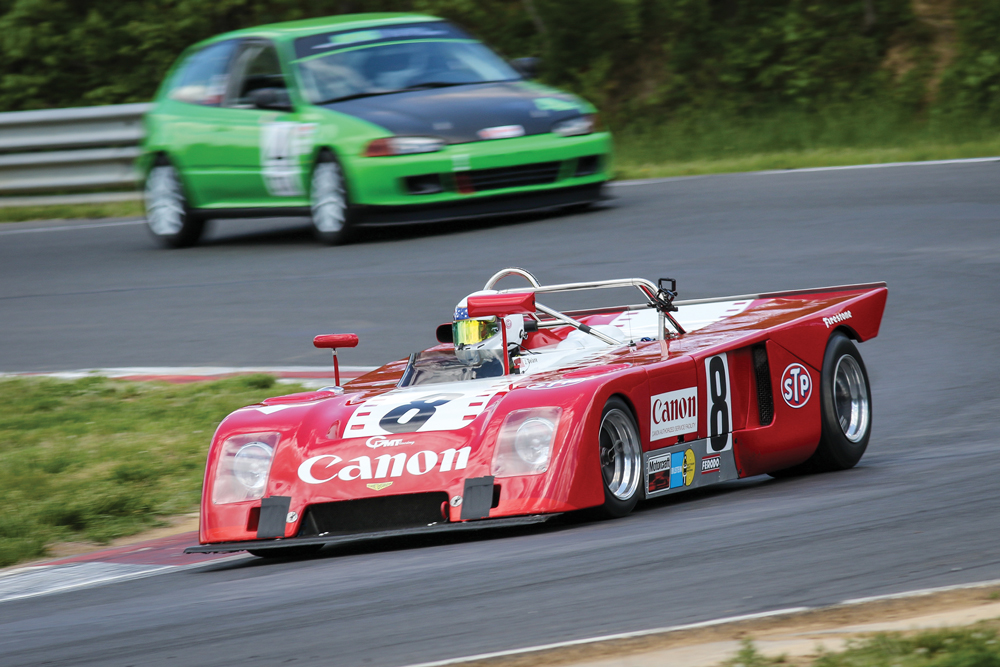
“When I came in at SVRA in 2012, the common definition for vintage racing was 1972 or older,” said Tony Parella of the Sportscar Vintage Racing Association, Southlake, Texas. “But my definition of vintage was different almost from the start. We believed that keeping an arbitrary year of 1972 or older wouldn’t work for our business model and our goal of becoming a national player. To us it was like, ‘What’s the magic of 1972?’ And secondly, if you want to attract new, younger people to the sport, it has to be in a car that they can relate to.”
Under Parella’s leadership, SVRA’s race calendar has expanded from just three annual race events in 2012 to nearly two dozen across the country today, with the series visiting iconic tracks like Laguna Seca, Sebring International Raceway, Road Atlanta, and Lime Rock Park. SVRA racers share the paddock with competitors in the Trans Am and SCCA Pro series at these events, both of which run alongside the vintage races on those weekends as part of the SVRA SpeedTour.
SVRA’s class structures have also evolved significantly over the years. Cars are divided into classes within 13 different race groups, but Parella is quick to point out that this classification is not determined by lap times.
“Pretty much right from the get-go, we made our criteria for vintage five years or older,” he explained. “So today, in 2023, we would accept anything that’s 2018 or older without question, and we’d have a class for it—that’s where the 13 race groups come from. But we also still wanted to pay homage to the 1972 and older cars that have been prepared to their original racing specifications, so we created the Gold Medallion program.”
Gold Medallion applicants are put through an extensive certification process, and those who are accepted into the program are given a special logbook and dash plaque, which acknowledges that the car is prepared as it would have been raced in that era. SVRA also has general classes for vehicles that are similarly prepared but benefit from upgrades that provide a performance improvement—like swapping out drum brakes for discs or installing a dry sump oiling system—while cars with significant development and race prep well above and beyond their original configuration are typically placed in the GT class.
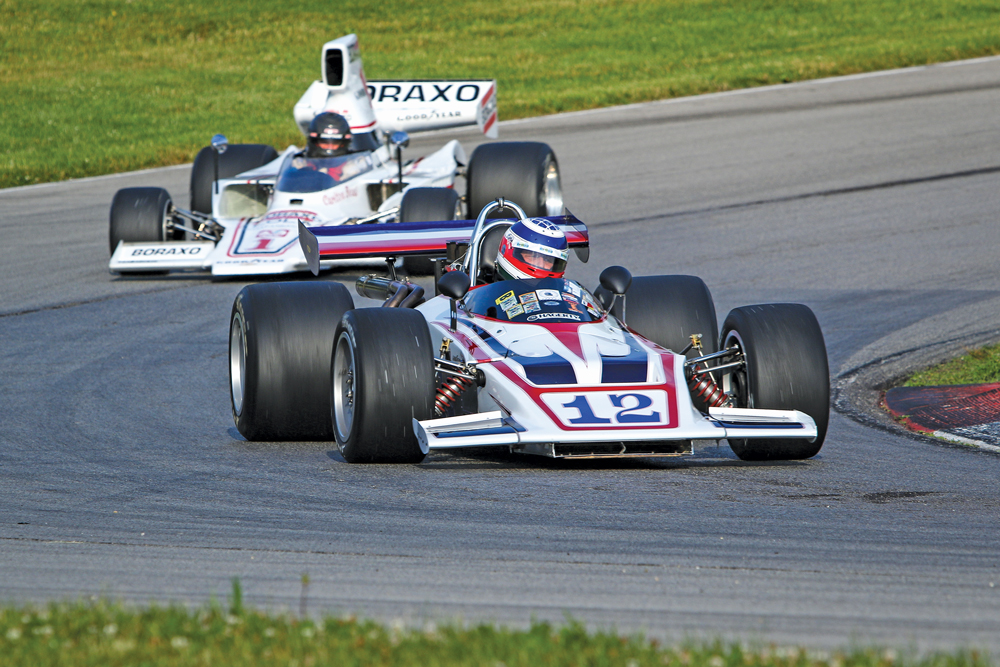
“We have similar looking cars out in the same run group, but there are different classes within that group. It’s as fair as we can make it when we’re covering a hundred years of cars and so many different variations,” Parella explained. “Over the first few years we tried different recipes as we figured out what made the most sense for our business, and we feel this is the right approach in order to do this on a national level. My goal with this company is to remove the barriers of racing as much as possible for anybody who wants to compete, make it fair and consistent, and make it as safe as you can make racing be.”
Bourke offered a similar perspective regarding VARA’s approach to vintage racing. “If you bring a car, we will find somewhere for you to race it,” she said. “People initially show up for the racing, but I think it’s the camaraderie that keeps bringing them back. We really focus on being inclusive, and that doesn’t offend others because everyone has their clearly defined classes. The vintage Volvos and Triumphs in the small-bore group are still going to get their classifications and everything like that, and then the first-generation Mazda Miatas have their own race. It’s quite fun to see the Austin-Healey Sprites and Miatas racing against each other—different classifications, but they’re all out there having a good time.”
In that spirit, VARA has given a home to a number of race cars that have been orphaned by various circumstances. Early first-generation Mazda Miatas, for example, are equipped with a 1.6-liter inline four-cylinder engine, but a more powerful 1.8-liter engine replaced it just four years into the car’s production run. These 1.6-liter cars would not be competitive in the SCCA’s popular Spec Miata class, but VARA’s class structure has given these late 1980s and early 1990s sports cars a new venue to compete in. “We have four of them racing with us now,” said Bourke. “These cars can be picked up cheaply, and they don’t need a lot of maintenance to keep them on track. These are cars that people under 30 years old can afford to get into, and they can do most of the work on them if they have some basic automotive knowledge.”
Meanwhile, cars like the BMW 2002 and Datsun 510—which Bourke describes as breakthrough platforms for VARA—are now enjoying intense competition and strong sponsorship support. “Ten years ago, it would have been a dream for a sponsor such as Toyo to do a five-race series like the Toyo Challenge 2.5. With a little bit of work, hopefully these Miatas and E30s will build up a similar following.”
For Boston, Massachusetts-based Vintage Racer Group (VRG), which was founded in 2004, the first significant eligibility expansion took place “at least 10 years ago, when cars up to 1979 were granted admission,” said president John Wood. About six years later, the standard shifted again to include 1989 and older production vehicles. “When we expanded [it] through 1989, we didn’t really know what was going to happen,” Wood recalled. “We figured that probably a bunch of first-gen Miatas would show up, that we would start to see a bunch of Volkswagen Golfs, some Nissans, maybe even some early Hondas.
“Well, we have seen a couple of those cars, but it wasn’t in large quantities,” he continued. “The vast majority of cars that make up most of our grids are still from the 1960s and 1970s. You see some 911s, you see the Bugeye Sprites, the MGAs. We see Alfa GTVs—both the early GTVs that most people think of, as well as the later ones that had the straight six in them. We do have some from the 1950s and some from the 1980s, but it’s clearly dominated by the 1960s and 1970s.”
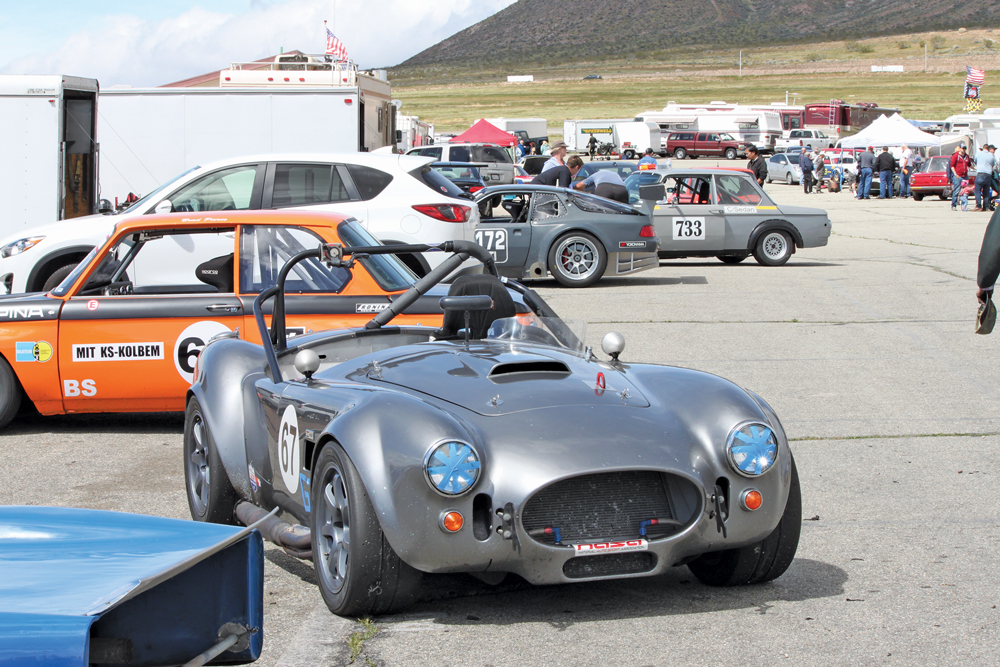
Similar to VARA’s Bourke, Wood cited “the camaraderie element” as a key component of VRG’s operations. “When these guys come off the track and they get back in the paddock, they go find each other, the people they were racing wheel-to-wheel with,” he said. “They laugh about it—they talk about different turns and where passes were made. And they’ll jokingly say things like, ‘I’m coming for you in the next session!’”
As to VRG’s level of competitiveness, “everything about it is formal in terms of a pace lap, cars side-by-side when the green flag drops—there’s no doubt it’s real, competitive racing,” Wood said. “But we also put a strong emphasis on situational awareness, knowing who’s around you at all times, making good decisions about when and where to execute a pass…. Everybody recognizes that the fun is drifting the car around turns and racing for whatever position with one of your friends, and then doing it all over again the next session.”
Keeping It Real
While VRG, VARA, and SVRA are casting a wide net over road racing, Mark O’Day of the Vintage Sports Car Club of America (VSCCA) said the New Britain, Pennsylvania-based organization chose a different tack from the outset. “VSCCA is essentially a vintage club that also runs races. We also run hill climbs and rallies mainly for fun, and we have social gatherings. Racing is what people tend to think of the most, but there’s a strong social element to what we do as well.”
Established in 1958, VSCCA’s initial cut-off point for vehicle model years was 1954, and that was eventually extended to 1960. “Even then, some cars weren’t allowed,” O’Day said. “There were a lot of Bugattis, old Ferraris, and things like that. Things like MGs weren’t eligible.”
Recent years have seen the club loosen the reins, but only slightly. “Eventually the MG-Ts and MGAs became eligible,” he continued. “If it was something like a Porsche 356—a design that debuted in the 1950s and continued into the early 1960s—those became eligible as well. We also started to allow Formula Juniors, SCCA sedan-class cars, and small-displacement sports racers up to 1965, along with some rare cars between 1965 and 1970, based on approval.”
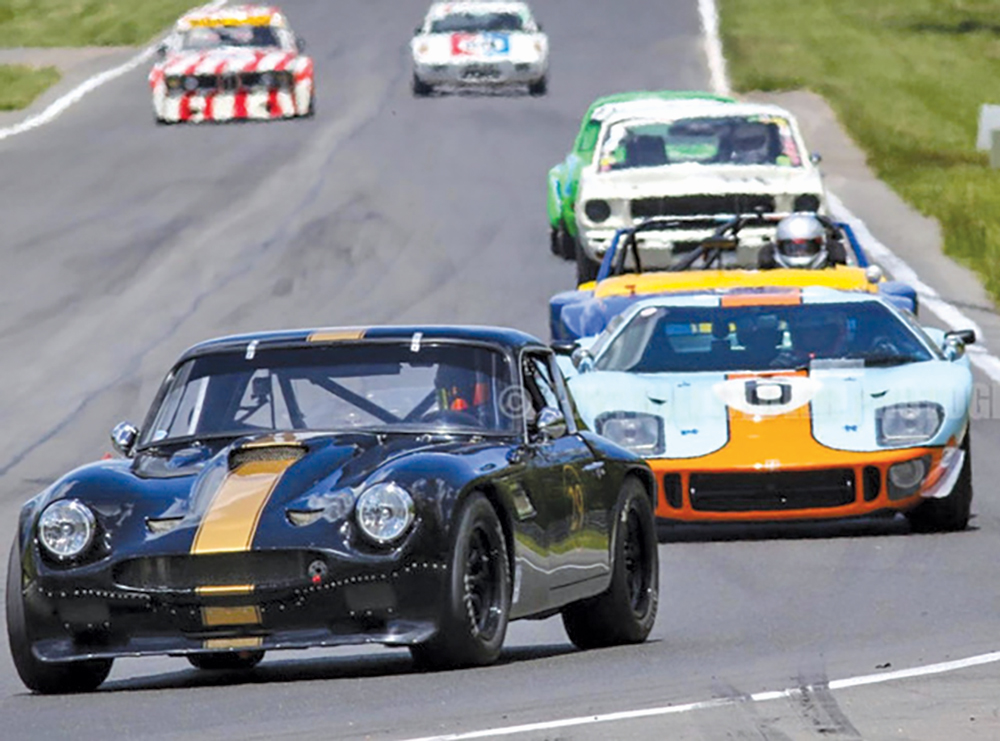
VSCCA occasionally gives the green light to early-to-mid 1970s cars, too, but that’s about as modern as it gets. Notably, the club does not allow Porsche 911s, a decision that has more to do with performance than rarity or provenance.
“For example, there’s a couple of guys who race 1973 Alfa Romeo GTVs with us,” said O’Day. “They’re not highly modified cars. They have racing equipment on them, but they’re not like an Alfa GT-A or something like that—they’re still street-legal, so they fit in very well with cars like the late 1950s Alfa Romeo Giuliettas in terms of their capability. That’s something we’re very mindful of. We don’t want someone to come in with a car that just leaves everyone else behind. With this club it’s not about winning. We don’t provide trophies and we don’t have season standings. We don’t even have timing and scoring at some of our events. But some people are very competitive despite those circumstances, and we don’t want them to feel like they need to modify their cars or get faster cars. That’s kind of the trap that we’re trying to avoid falling into: As you allow newer and newer cars, the older cars get left behind, and then people stop running them. Suddenly you’re just left with a bunch of newer cars.”
O’Day said the VSCCA is more about celebrating the cars and enjoying them rather than pushing these rare machines to their dynamic limits. “The events are not huge,” he added. “We’ll typically get somewhere between 70 and 90 entrants for a race event. There are a lot of people in the club who have been doing this for a very long time, and a lot of good friendships have been made as a result. It’s every bit as much of a social experience as it is about getting your car out there.”
Bechtol pointed out that these two distinct approaches tend to complement one another within the realm of vintage racing, allowing would-be participants to choose a club that really caters to their interests as an owner and driver. “Some groups need to fill a grid. They typically don’t have spectators, and there are bills to pay, so those groups are inclined to allow a broad range of cars to participate. On the other side of the coin, there are groups that are more show-focused. They have spectators at their events, and they have sponsors that are more likely to require cars that look and act like they did back in the day. Both approaches have their place.”
Connecting With Younger Drivers
Vintage racing tends to be associated with an older demographic, but as those competitors eventually retire from the sport, there is an inherent need to engage with a new group of drivers. Jeanette Bourke of Vintage Auto Racing Association (VARA) in Chino Hills, California, said that this necessity has informed much of the series’ outreach strategy.
“The hill climb events and high-performance driving schools that we offer are part of that,” she explained. “Holding the schools at race weekends instead of by themselves allows these drivers to see the cars out there in competition and make the connection that, for a little more money, they could be doing that, too. It’s widening their perception of what vintage racing is, and what is feasible for them.”
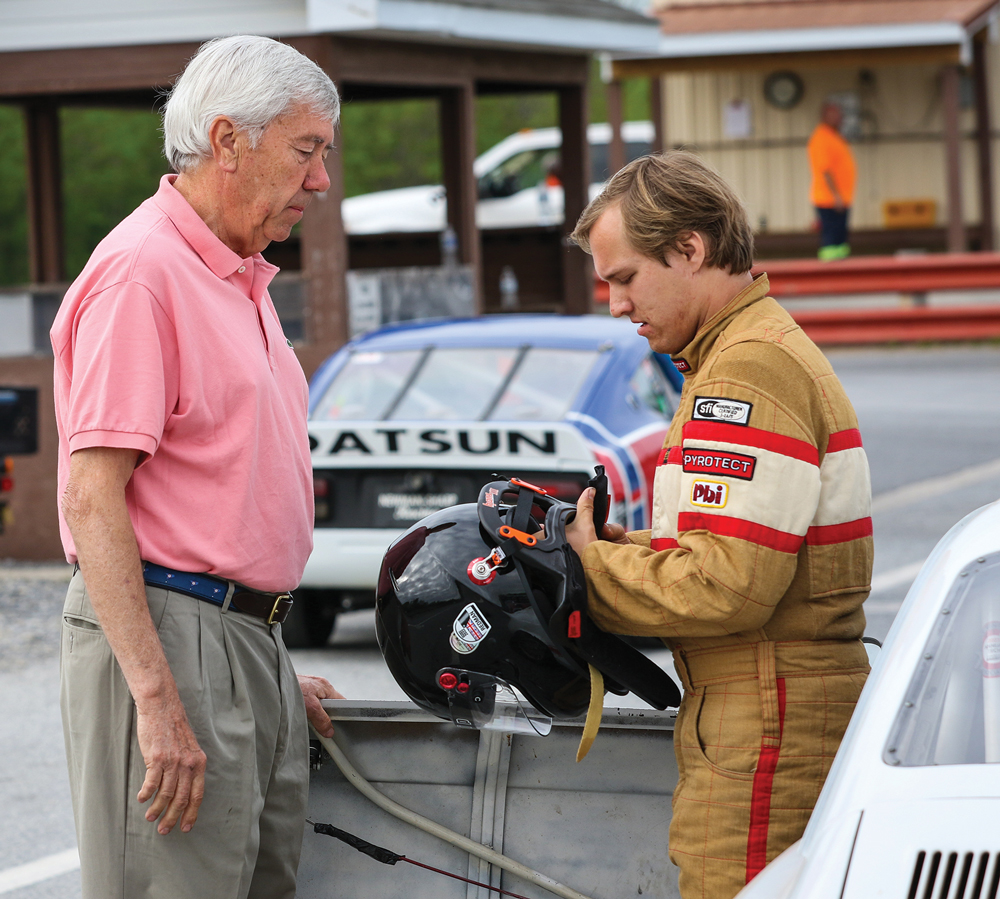
VARA’s hill climb events are open to all types of cars, and since the cars are sent out on track one at a time, no competition license is required in order to participate. With minimal barriers to entry, VARA spreads the word to enthusiasts through a targeted use of social media and video platforms. “Facebook is still part of it, but we’re mainly focusing on Instagram, Tik Tok, and YouTube. And we’re always at Cars and Coffee events. Where people are interested in cars, that’s where we’re going to be,” said Bourke.
In addition to the organization’s strong social media presence, Sportscar Vintage Racing Association (SVRA) in Southlake, Texas, livestreams its events to connect with those who can’t be at the races in person. “When I came on (in 2012), SVRA didn’t even have a Facebook page,” said Tony Parella. “Last year we had 50-million impressions and 3.2-million engagements across our social media accounts. Facebook, Instagram, and Twitter are all part of our strategy. But YouTube is where our biggest growth is right now because we have SpeedTour TV, which streams our events so that fans, friends, and family can check them out, whether that’s an SVRA race, a Trans-Am race, or something else.” —Bradley Iger
SOURCES
Sportscar Vintage Racing Association (SVRA)
svra.com
The Vintage Sports Car Club of America (VSCCA)
vscca.org
Vintage Auto Racing Association (VARA)
vararacing.com
Vintage Motorsports Council (VMC)
the-vmc.com
Vintage Racer Group (VRG)
vrgonline.org
 MEMBERSHIP LOGIN
MEMBERSHIP LOGIN JOIN PRI
JOIN PRI

